Back to Courses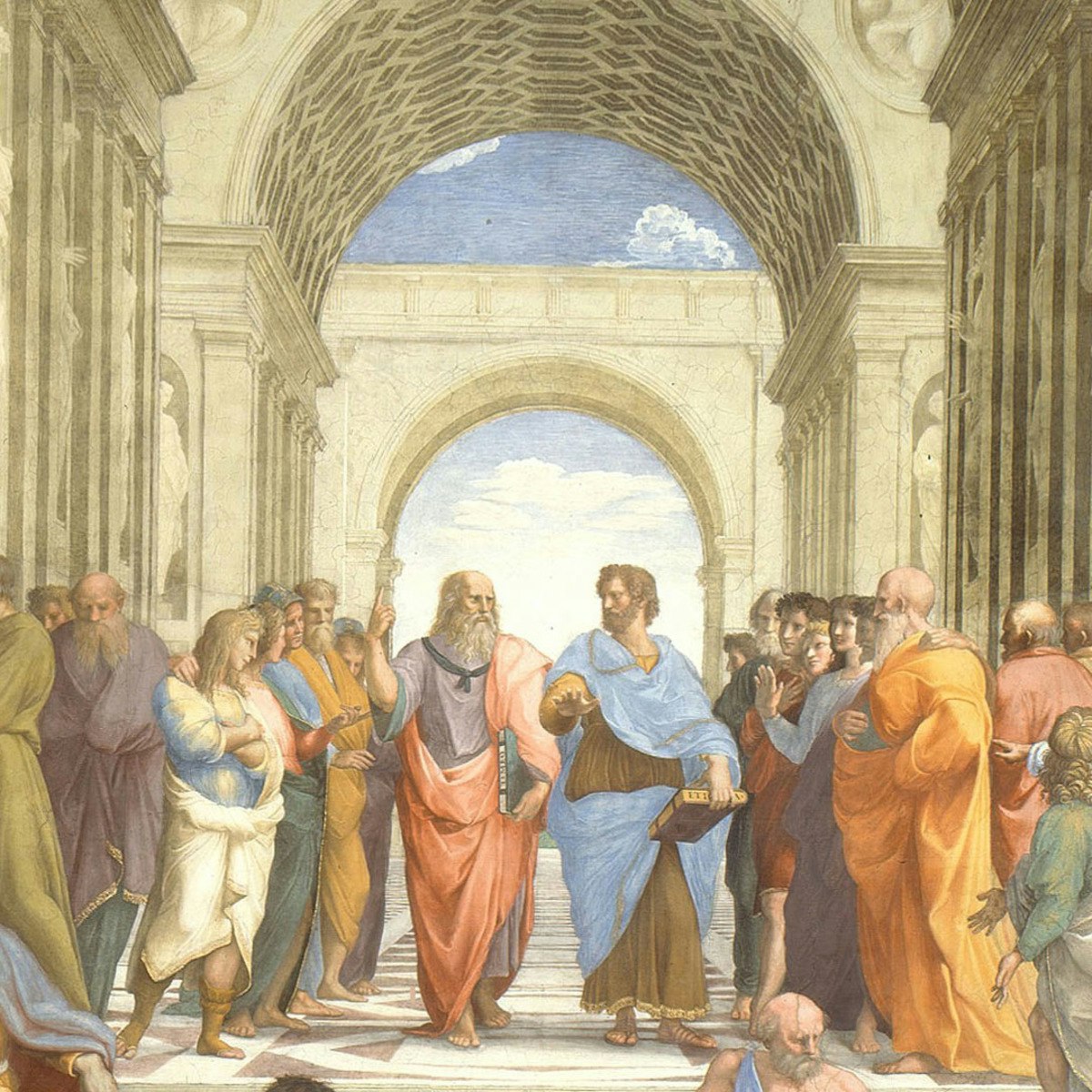

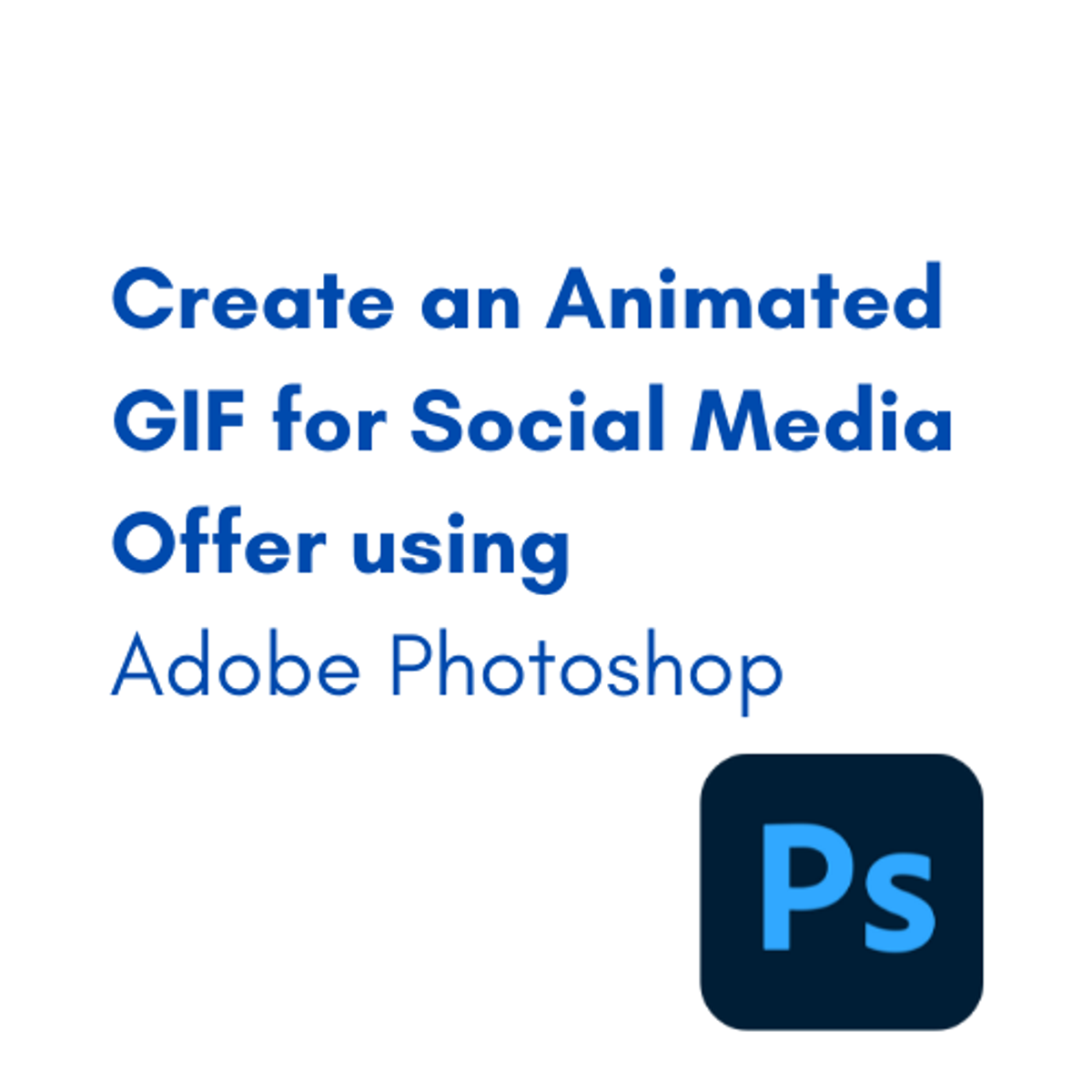



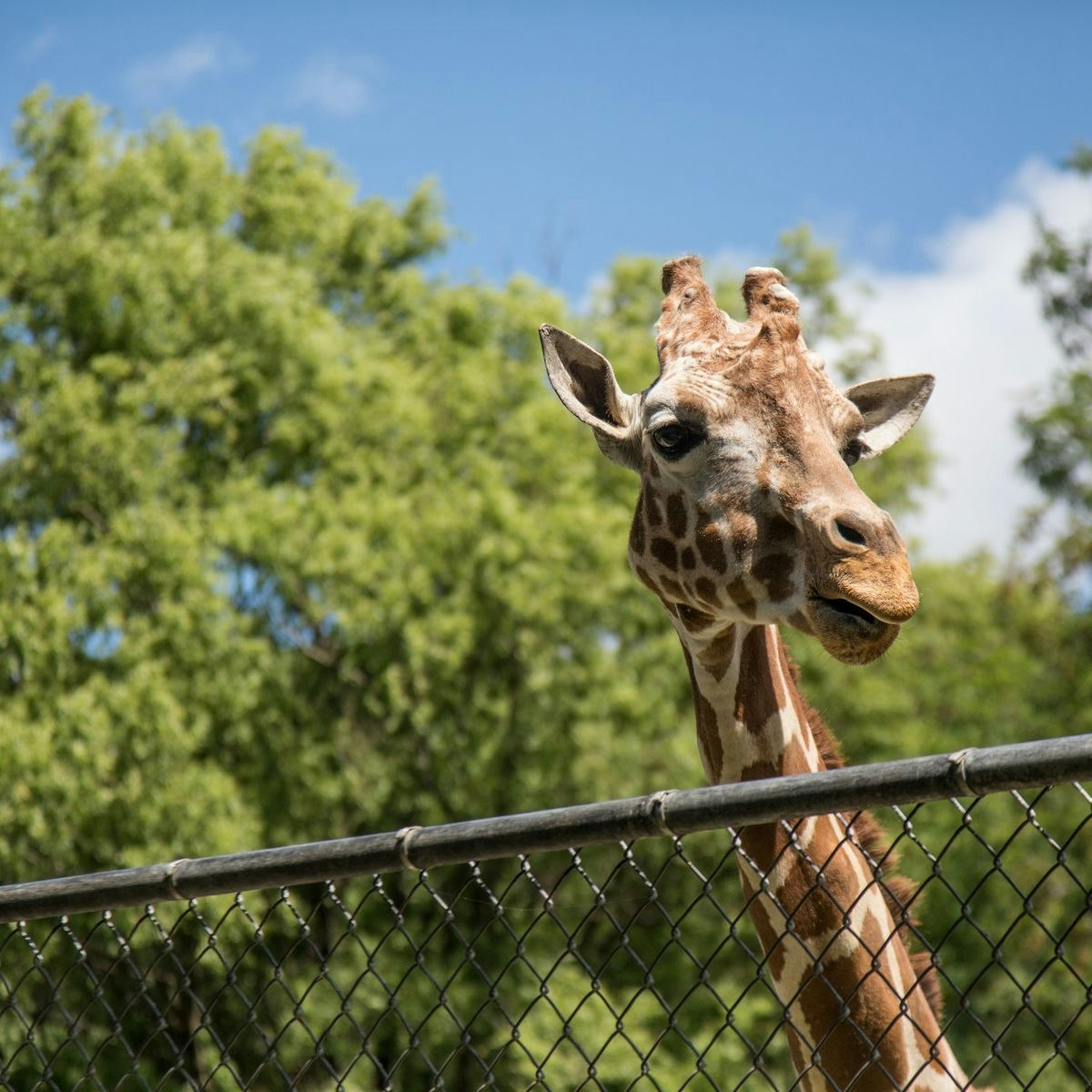

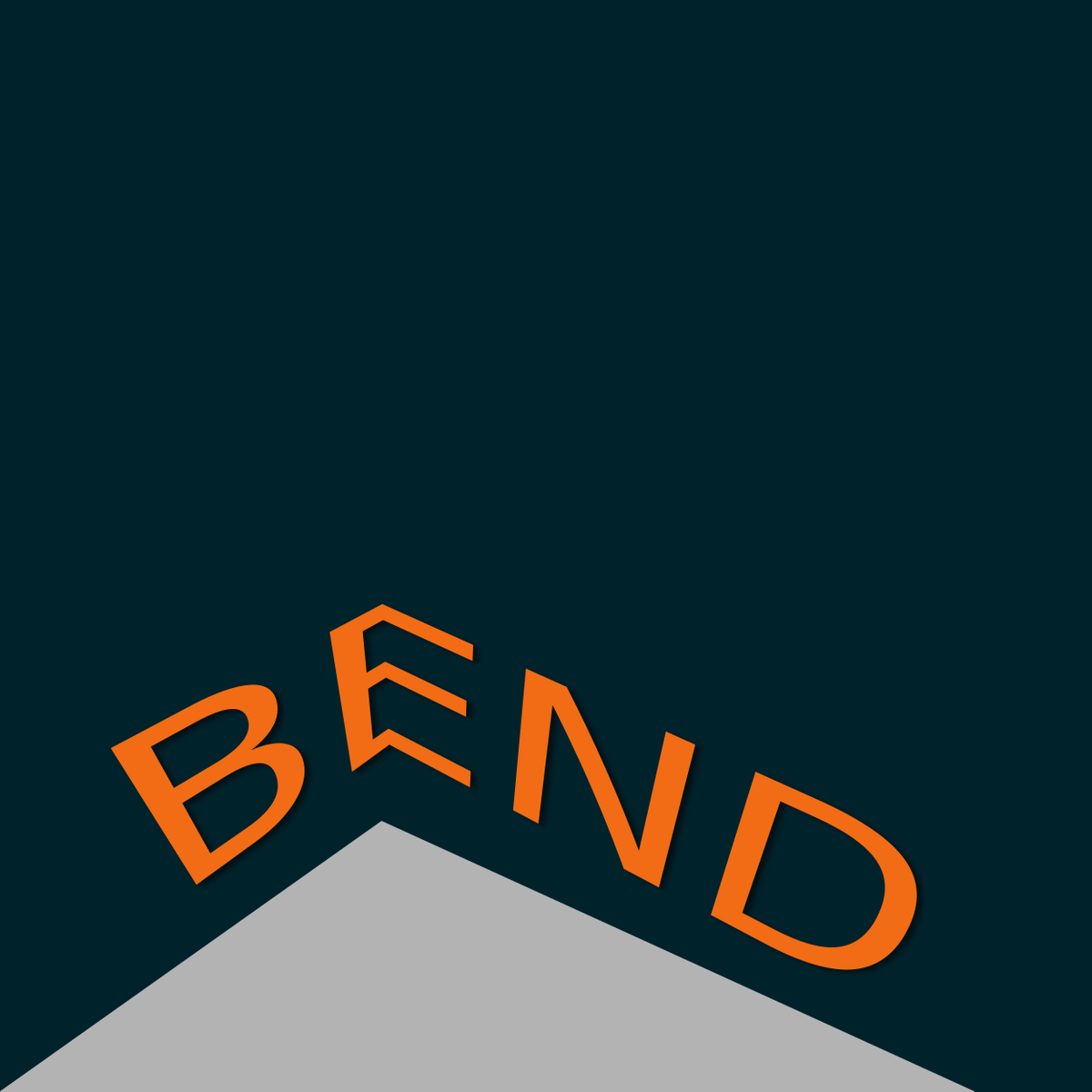
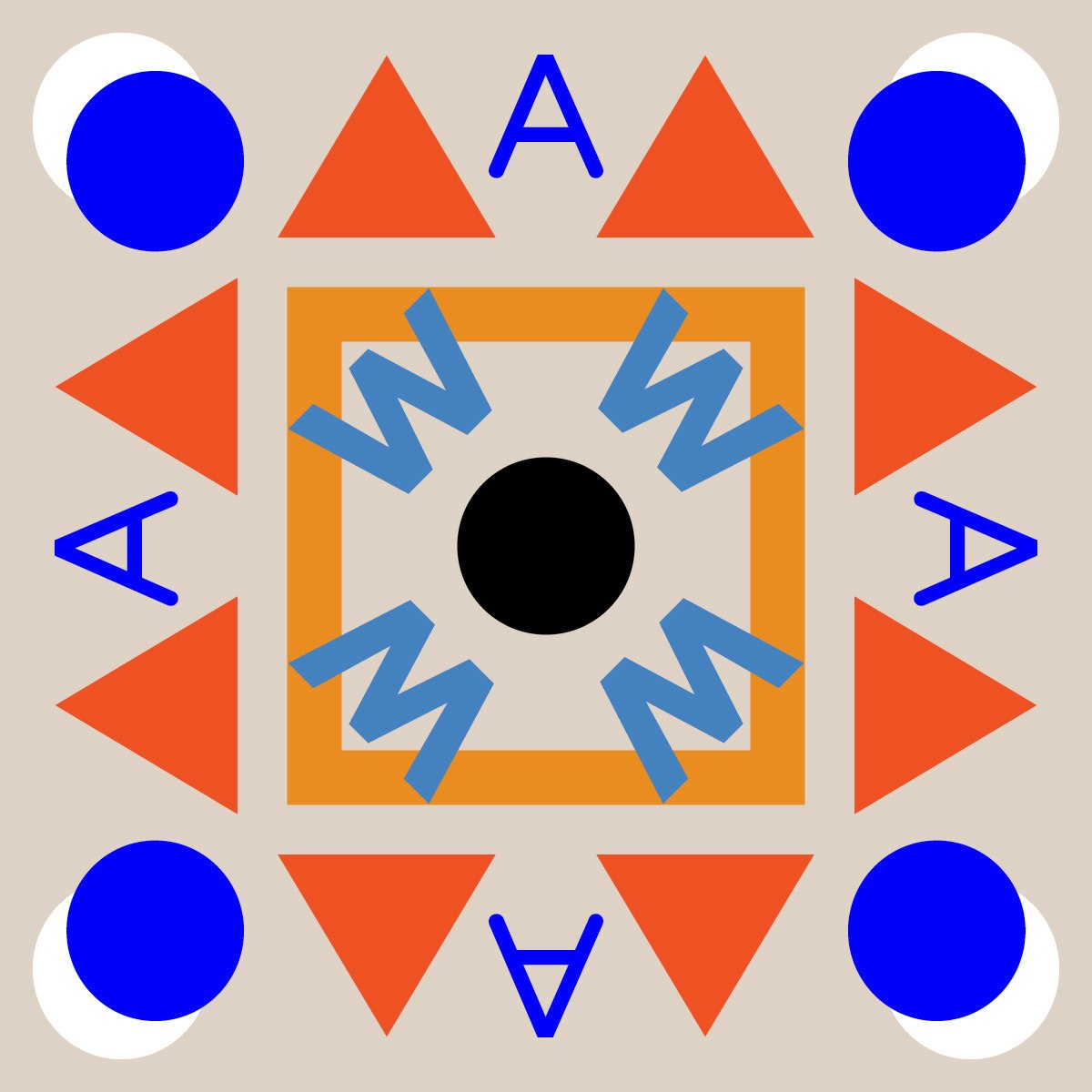
Arts And Humanities Courses - Page 10
Showing results 91-100 of 464

Introduction to Philosophy
This course will introduce you to some of the main areas of research in contemporary philosophy. Each module a different philosopher will talk you through some of the most important questions and issues in their area of expertise. We’ll begin by trying to understand what philosophy is – what are its characteristic aims and methods, and how does it differ from other subjects? Then we’ll spend the rest of the course gaining an introductory overview of several different areas of philosophy.
Topics you’ll learn about will include:
Epistemology, where we’ll consider what our knowledge of the world and ourselves consists in, and how we come to have it;
Philosophy of science, where we’ll investigate foundational conceptual issues in scientific research and practice;
Philosophy of Mind, where we’ll ask questions about what it means for something to have a mind, and how minds should be understood and explained;
Political Philosophy, where we'll investigate whether we have an obligation to obey the law;
Moral Philosophy, where we’ll attempt to understand the nature of our moral judgements and reactions – whether they aim at some objective moral truth, or are mere personal or cultural preferences, and;
Metaphysics, where we’ll think through some fundamental conceptual questions about free will and the nature of reality.
The development of this MOOC has been led by the University of Edinburgh's Eidyn research centre.
To accompany 'Introduction to Philosophy', we are pleased to announce a tie-in book from Routledge entitled 'Philosophy for Everyone'. This course companion to the 'Introduction to Philosophy' course was written by the Edinburgh Philosophy team expressly with the needs of MOOC students in mind. 'Philosophy for Everyone' contains clear and user-friendly chapters, chapter summaries, glossary, study questions, suggestions for further reading and guides to online resources. Please click "Start Here" and navigate to the "Optional Reading" page for more information.

Journalism, the future, and you!
You will learn about the career paths that are available in journalism, and what opportunities the skill sets of a journalist can offer in other fields. You will explore areas such as being an international correspondent, self-publishing in journalism, as well as how to freelance in the field. You will be empowered to develop your own path in journalism, from being an active and informed consumer, to being a journalist.
The worlds of business, communications, politics, education and marketing all utilize elements of journalism. This course also examines how to keep the trust of audiences through ethical, and responsible, journalistic practices. Sometimes, journalists need to be aware of their own safety. We will intelligently discuss how journalists around the world handle pressure, threats and other dangers while doing their jobs.
Journalism - and journalists - are agents of change. Are you ready to become one too?

Create Animated GIF for Social Media using Adobe Photoshop
By the end of this project, you will create an animated GIF to be used in social media platforms like Instagram, Facebook, and Twitter using Adobe Photoshop CC. Throughout the tasks, you will be able to Create Video layers, create animation from layers, import videos to the photoshop timeline, create tradition-like animation, and finally, you will know how to export this animation in GIF format with different sizes and dimensions to fit different social media platforms and posts types like reels, stories, and normal posts.
This guided project is for intermediate designers since we will develop from the basic knowledge of designing tools in photoshop like brush tools, Layer styles, and drawing basic shapes, also designers who are familiar with Animation and Timeline panel.
This project will provide you with the ability to create Animated GIFs that can be used on social media platforms based on the amazing designing capabilities in photoshop which merge the fourth dimension to your creativity which is TIME. Knowing how to make animated visuals elevates your opportunities in many promising fields like e-learning, Retail business, SEO, and of course Social media!
Photoshop is a very powerful designing tool with multiple built-in image processing tools and effects that can elevate your production, especially with the animation features. Photoshop also is compatible with all other Applications from Adobe which makes the integration more efficient and effective.

The History of Modern Israel - Part I: From an Idea to a State
How did the State of Israel come to be? How is it that an idea, introduced in 19th century Europe, became a reality? And how does that reality prevail in the harsh complexities of the Middle East?
Presented by Professor Eyal Naveh, with additional units from Professor Asher Sussers' "The Emergence of the Modern Middle East" course, This course will take you on a journey through the history of Modern Israel. In this 1st part of the course we will explore:
How did the 19th century idea of a Jewish state become a reality?
So the next time you hear about Israel in the news, you will be informed enough about the history of this area to comprehend the many sides and narratives that interact to shape the complex reality of Israel today.
Please note that there is a second part to this course "The History of Modern Israel - Part II: Challenges of Israel as a sovereign state" which is a direct extension of this part. We highly recommend to continue to the second part after you finish this one (https://www.coursera.org/learn/history-israel-sovereign-state).
In order to receive academic credit for this course you must successfully pass the academic exam on campus. For information on how to register for the academic exam – https://tauonline.tau.ac.il/registration
Additionally, you can apply to certain degrees using the grades you received on the courses. Read more on this here –
https://go.tau.ac.il/b.a/mooc-acceptance
Teachers interested in teaching this course in their class rooms are invited to explore our Academic High school program here – https://tauonline.tau.ac.il/online-highschool
* This course is a joint effort of Tel Aviv University & Israel Institute (www.israelinstitute.org)
* This course uses media material from various archives, courtesy to Yad Vashem Archive for their help.
* This course is self-paced. Once you register, you can participate in the course anytime, as often as you wish and over any stretch of time

Intimacy of Creativity: Entering the Minds of Composers
Bright Sheng guides us through three works — by Brahms, Beethoven, and Sheng — for an intimate look inside the composer's mind. This course strives to give students a new appreciation of music, based on an understanding of the craft behind each work. This class is perfect for those wanting to gain a unique perspective on the creative process of music composition, while challenging traditional notions of how composers approach formal structure, melody, and harmony.
Week 1 focuses on the question “what is melody?”, and on the meticulous design of Brahms's Intermezzo, op. 118, no. 2. Week 2 concentrates on the fundamentals of harmony, and how Beethoven thought of harmony to generate his Symphony No. 7 in A Major, op. 92. Week 3 applies the same paradigm to a living composer, Bright Sheng himself, and reveals how he found inspiration in the works of these titans of music in his Four Movements for Piano Trio. While helpful, it is not expected students have a background in music to take the course.

Master Shadow in Inkscape
By the end of this project, you’ll be able to add shadow to objects in Inkscape. Inkscape, a free and open-source vector graphics program, offers lots of ways to add shadow to your objects. Shadows add depth and dimension, and it can be surprising how much life an object can have once shadow and light effects are applied.
To create shadow in Inkscape, you will practice working with vector graphics tools in Inkscape, then add shadow using three different methods.
You’ll start by creating a drop shadow with Inkscape’s built-in drop shadow panel, then use more customizable tools like interpolate and gradient tools. These will add increasing levels of complexity to shadows in Inkscape.
Note: This course works best for learners who are based in the North America region. We’re currently working on providing the same experience in other regions.

Animals and Institutions
This course explores animals within the context of the functional relationships that sociologists call “institutions.” We first examine the use of animals in laboratory science. We then examine the controversial transformation of animals into “livestock” and "meat." We also explore the perspectives of people committed to rejecting the construction and use of animals as food. Next, we focus on some of the roles of animals in human entertainment with particular attention to dog fighting and zoos. Finally, we investigate animal health and welfare through the lens of dilemmas in veterinary medicine and decisions in animal shelters.

Cameras, Exposure, and Photography
Welcome to Course One of Photography Basics and Beyond: From Smartphone to DSLR! In these first 4 Modules you will gain the knowledge and the confidence that will help you make good choices as you consider qualities of the camera you own, and the qualities of the other types of digital cameras you might be considering. You will learn about the basic functions that most digital cameras have in common. You will also go beyond the "technical" matters and learn about how you can make exciting pictures by emphasizing the aspects of Frame and Vantage Point to interpret old subjects in new ways. Discovering accessories that photographers find useful, and the types of camera bags from mini to carry-on sized, is also in store for you. You will also make your first photographs and, if you are a subscriber to the specialization, upload pictures to the web gallery and start interacting with your fellow learners in our "Gallery." Let's get started with Module One!

Bend, Warp, and Style Text with Inkscape
By the end of this project, you’ll be able to apply filters and path effects to text in Inkscape. Inkscape is a free vector graphics program that can customize letters and text, helping you to create unique images for digital and print use.
You’ll get comfortable using non-destructive effects, ones that allow you to edit the text and type out new words. You’ll also practice using destructive effects, where you’ll trade the ability to type out new text for the ability to change the shape of the existing text.
To practice these skills, you’ll explore what makes up text in a vector program, create a cutout (or “knockout”) text effect, add drop shadow, and then use text effects to bend and warp text into other objects. These tasks will help you get comfortable adding layers of complex designs to text in Inkscape.
Note: This course works best for learners who are based in the North America region. We’re currently working on providing the same experience in other regions.

Brand New Brand
This course is the culmination of the Graphic Design Specialization and gives you an opportunity to tie together your knowledge and skills into a single project: a brand development guide for a company you will invent.
This course takes you through the entire design process, from ideation to creation to presentation. Through the guide, you will be creating and giving a visual identity to an imaginary start-up company, and applying that visual identity to a number of forms. You will also develop a logotype and accompanying graphic palette to visually represent your company, as well as apply that design to a number of different applications to see it at work.
Note: Only learners who have earned a certificate in the four previous courses in the Specialization are eligible to take the Capstone.
Popular Internships and Jobs by Categories
Browse
© 2024 BoostGrad | All rights reserved


